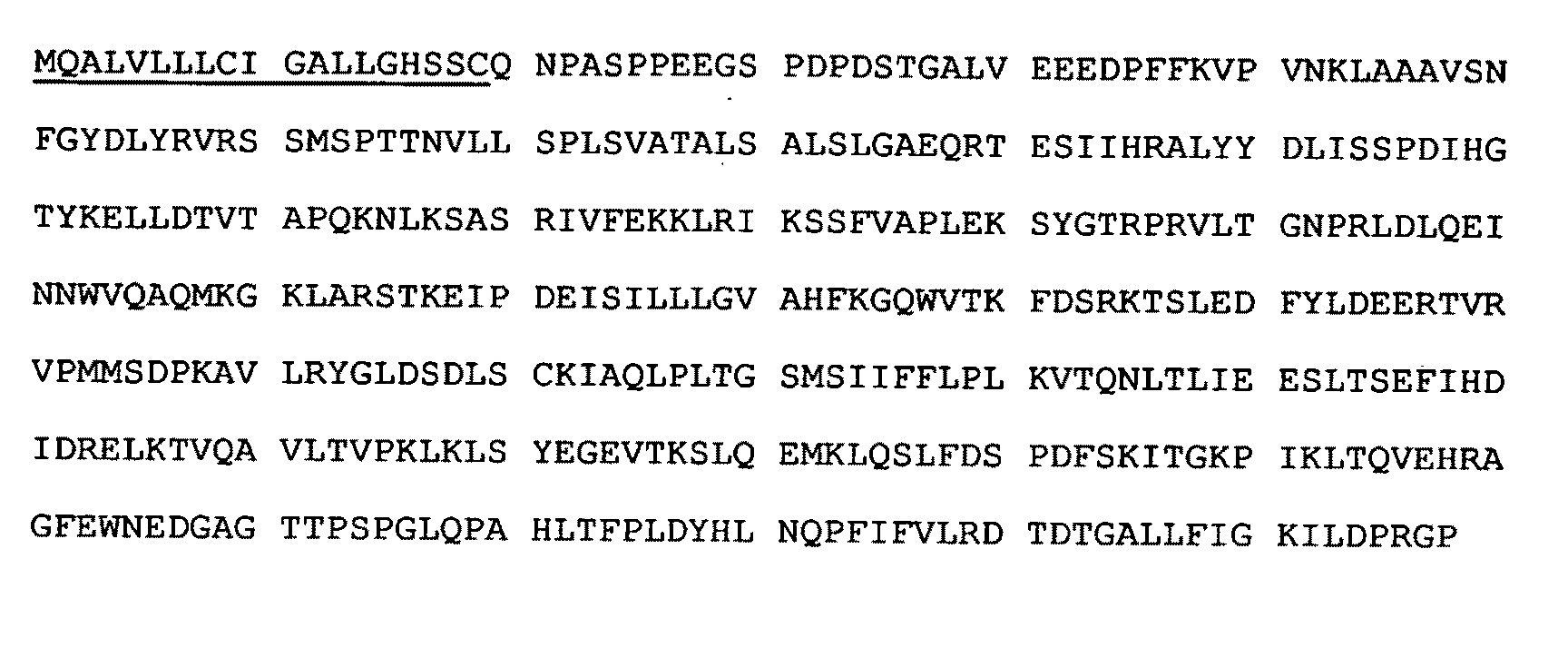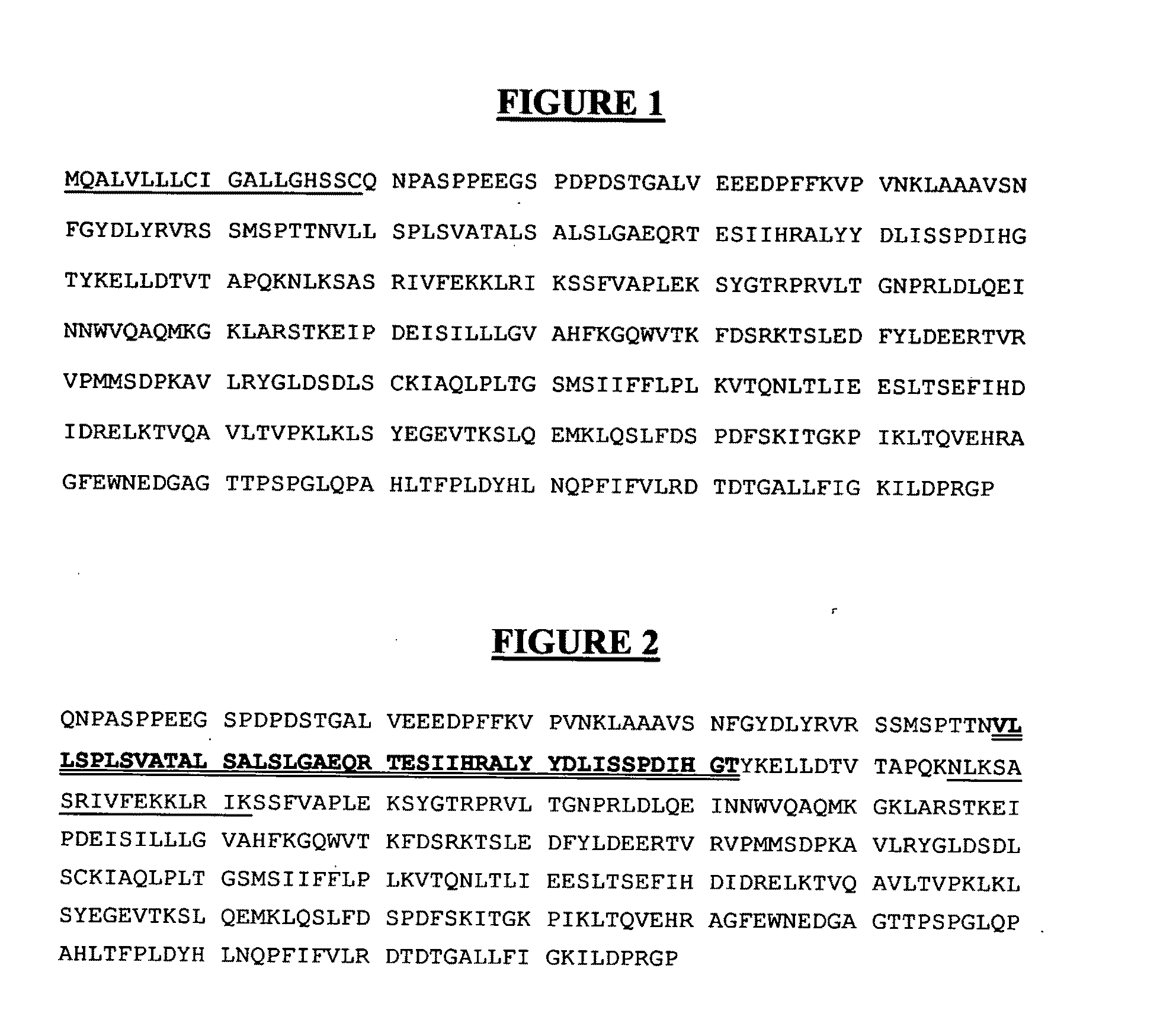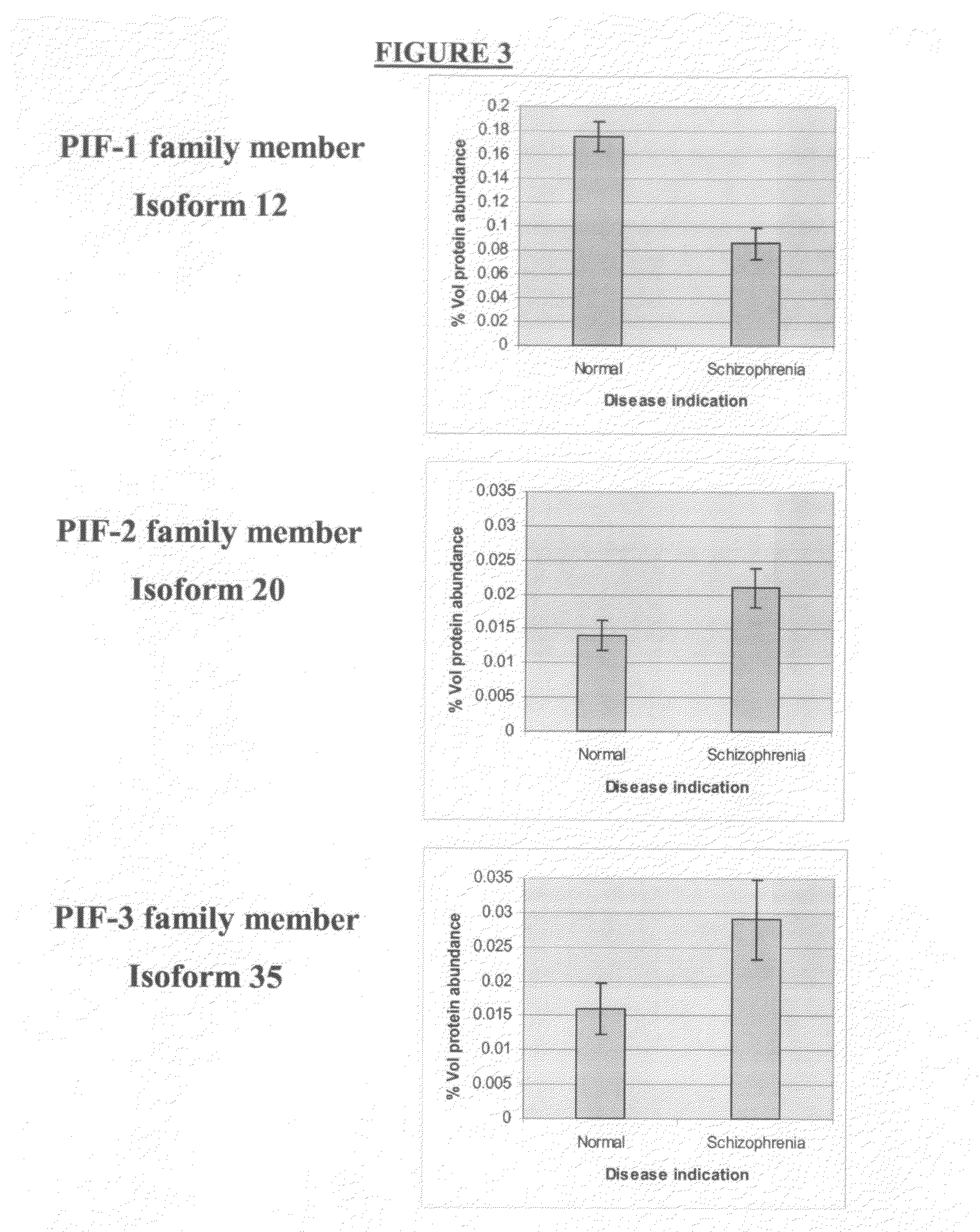Protein isoforms of the pif-family and uses thereof
a technology of pif-family and isoforms, which is applied in the field of protein isoforms of the pif-family, can solve the problems of difficult diagnosis, schizophrenia, depression, and vascular dementia, and achieve the effect of reducing the risk of vascular dementia, and improving the clinical
- Summary
- Abstract
- Description
- Claims
- Application Information
AI Technical Summary
Benefits of technology
Problems solved by technology
Method used
Image
Examples
Embodiment Construction
[0065]The present invention described in detail below provides Protein Isoforms and corresponding methods, compositions and kits useful, e.g., for screening, diagnosis and treatment of neurological disorder in a mammalian subject, and for drug screening and drug development. The invention also encompasses the administration of therapeutic compositions to a mammalian subject to treat or prevent a neurological disorder. The mammalian subject may be a non-human mammal, but is preferably human, more preferably a human adult, i.e. a human subject at least 21 (more particularly at least 35, at least 50, at least 60, at least 70, or at least 80) years old. The methods and compositions of the present invention are useful for screening, diagnosis and treatment of a living subject, but may also be used for postmortem diagnosis in a subject, for example, to identify family members of the subject who are at risk of developing the same disease.
[0066]The following definitions are provided to assi...
PUM
| Property | Measurement | Unit |
|---|---|---|
| molecular weight | aaaaa | aaaaa |
| molecular weight | aaaaa | aaaaa |
| molecular weight | aaaaa | aaaaa |
Abstract
Description
Claims
Application Information
 Login to View More
Login to View More - R&D
- Intellectual Property
- Life Sciences
- Materials
- Tech Scout
- Unparalleled Data Quality
- Higher Quality Content
- 60% Fewer Hallucinations
Browse by: Latest US Patents, China's latest patents, Technical Efficacy Thesaurus, Application Domain, Technology Topic, Popular Technical Reports.
© 2025 PatSnap. All rights reserved.Legal|Privacy policy|Modern Slavery Act Transparency Statement|Sitemap|About US| Contact US: help@patsnap.com



